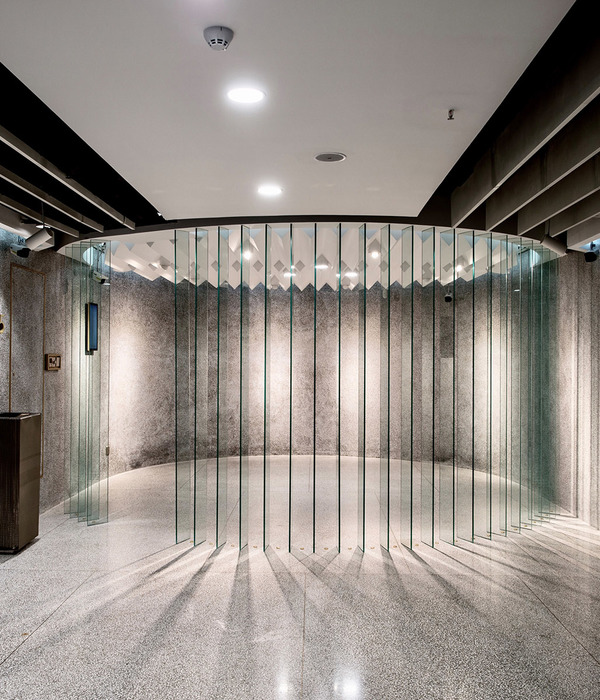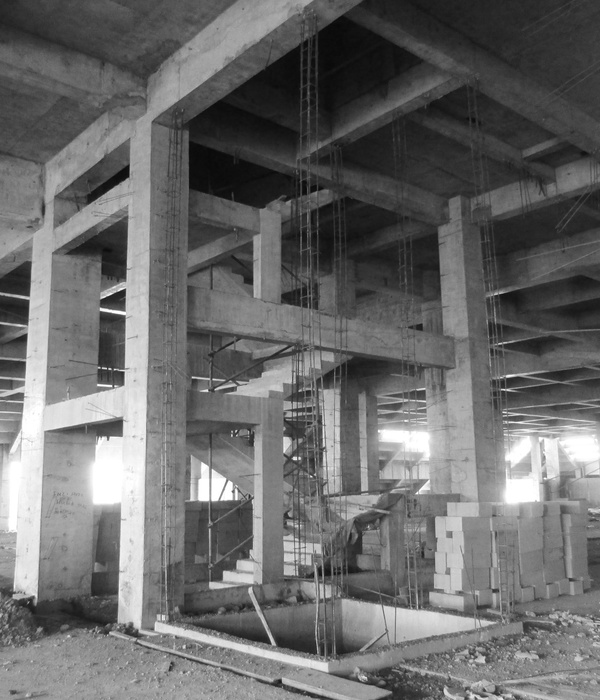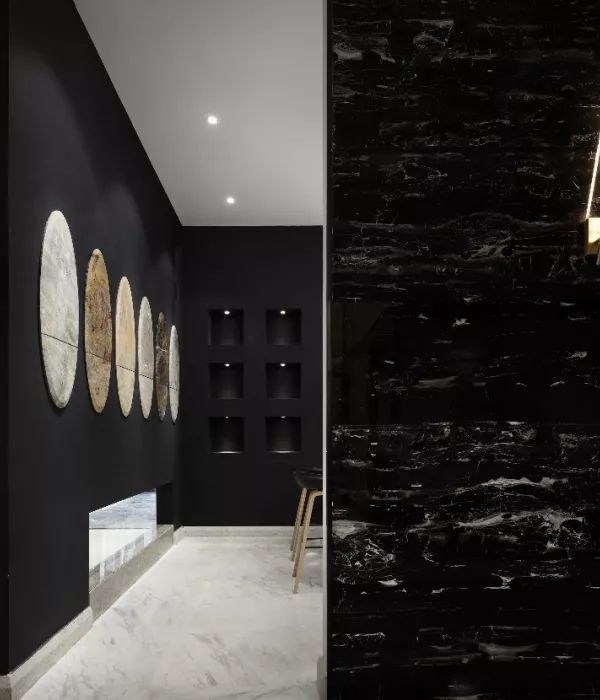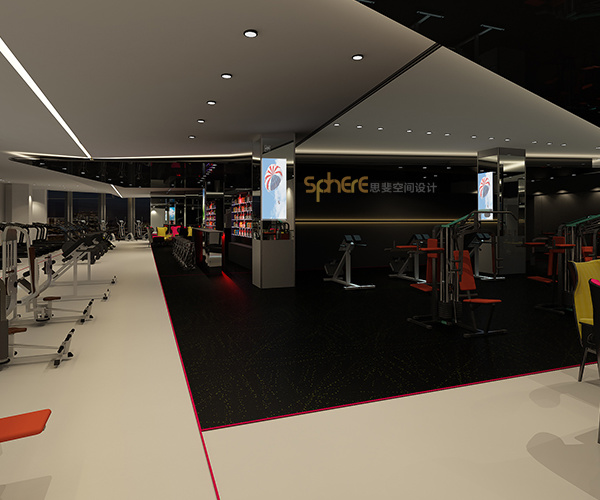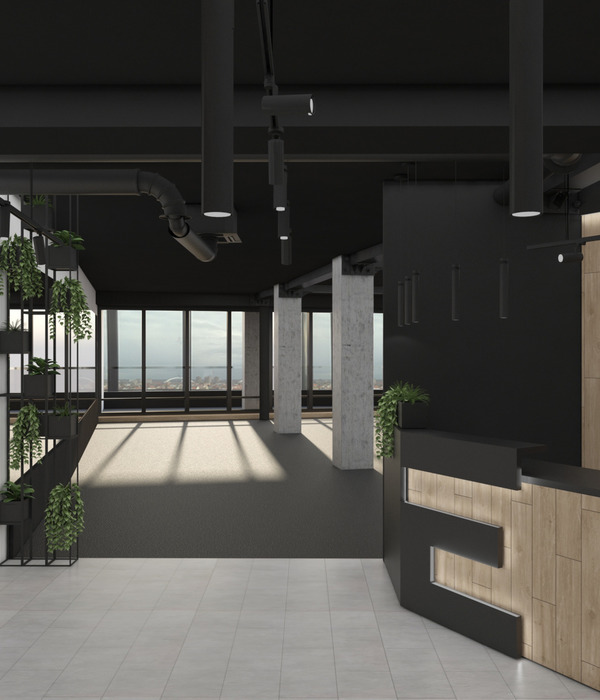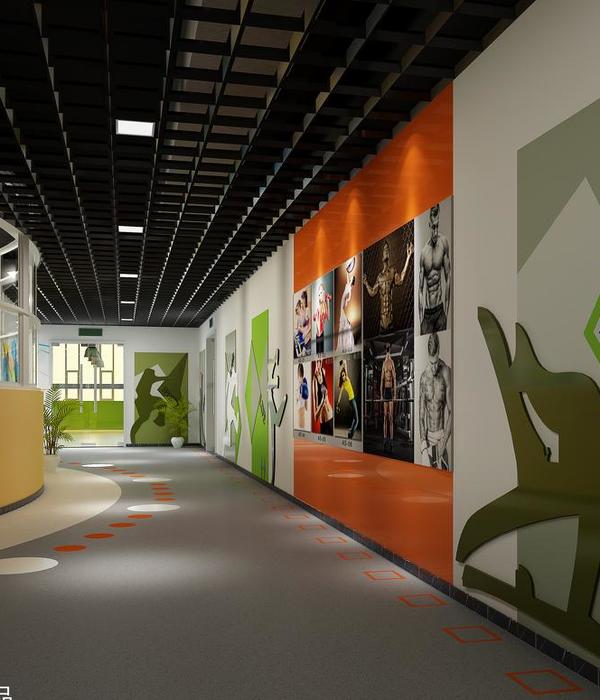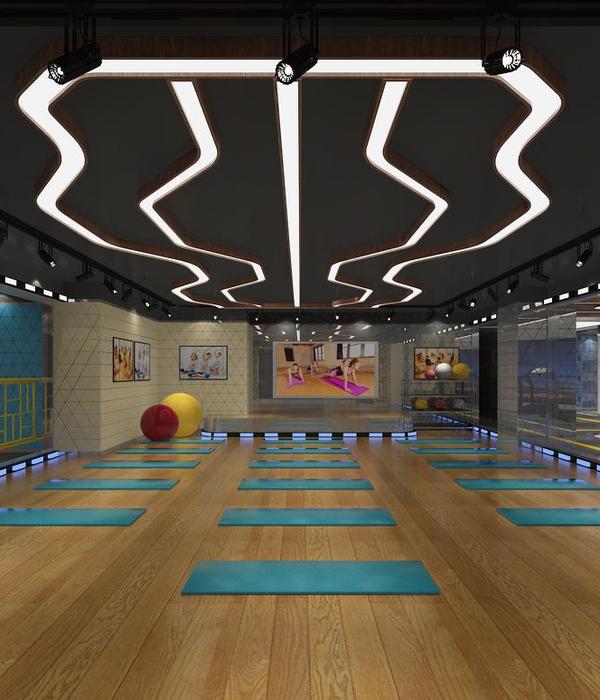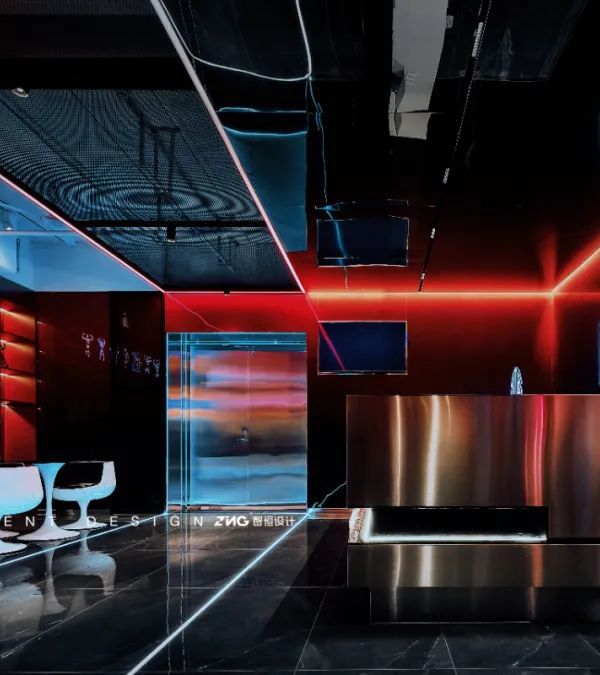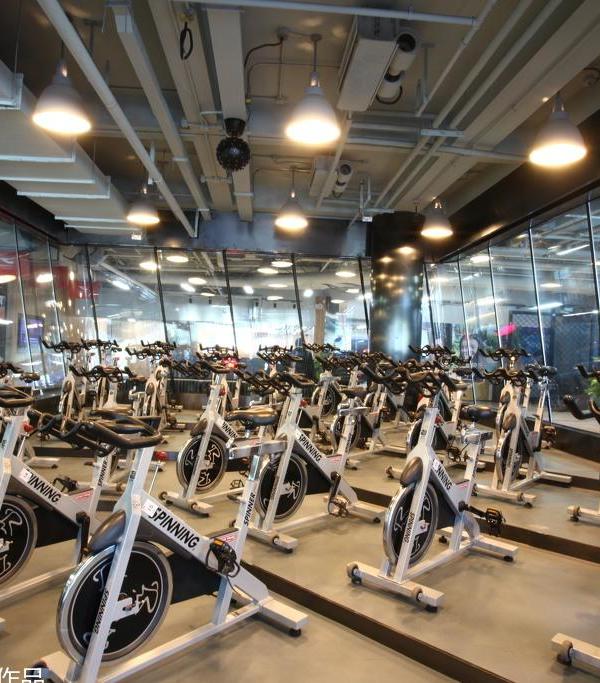景观作为建筑
Landscape as architecture
来自若昂·戈梅斯·达席尔瓦和保罗·大卫的作品
From the works of João Gomes da Silva and Paulo David
文本-Cortesia do curador da Lisi o Nuno CReso。
Texto cortesia do curador da exposição Nuno Crespo.
这个展览的性质是双重的。约有两位建筑师JoeloGomesdaSilva和PauloDavid-和两个学科,并讨论了两个截然不同的地区:马德拉岛和里斯本市。但这次展览并不是关于这两个建筑师之间关系的历史。它从它们的协作开始,但然后它从这个中心核心移动,以查看其他单个项目、其他地区和其他时间。它不是一个关于共同历史的展览,而是一个从作品的共同核心开始,然后在其他方向上消失的路径的说明。从一个更加雄心勃勃和全面的观点来看,风景园林是最重要的,旨在激发人们对景观与建筑之间复杂关系的思考。
This exhibition is twofold in nature. It is about two architects – João Gomes da Silva and Paulo David – and two disciplines, and deals with two quite distinct geographies: the island of Madeira and the city of Lisbon. But this exhibition is not about the history of the relationship between the two architects. It starts with their collaborations together, but then it moves from this central core to look at other individual projects, other geographies and other times. It is not an exhibition about a common history, but the illustration of a path that begins with a common core of works and then goes off in other directions. From a more ambitious and comprehensive standpoint, Landscape as Architecture is, above all, designed to provoke reflection about the complex relationship between landscape and architecture.
© Stefano Serventi
StefanoSereni
提交的项目不遵循任何时间顺序原则,而是出现在这里,因为它们开发的主题使我们更接近于理解两位建筑师提出的建筑与景观之间的可能关系。这次展览并不是为了简化这种关系,而是要强调它的广泛性和问题性质。我们避免了关闭概念或提出学科或程序原则的诱惑,因为我们知道景观的主题是如此深刻,如果我们要做到充分公正,除了建筑之外,它还会迫使我们审视许多其他艺术。只有这样,才有可能为景观的概念建立一个严格的框架,在它的维度上呈现出由人类建造、制造和起源的东西。
The projects presented do not follow any chronological principle, but appear here because they develop themes that bring us closer to understanding the possible relationship between architecture and landscape proposed by the work of the two architects. The exhibition does not seek to simplify this relationship, but to emphasise its wide-ranging and problematical nature. The temptation has been avoided of closing off concepts or putting forward disciplinary or programmatic principles, because we know that the theme of landscape is so profound that it would oblige us to examine many other arts besides architecture if we were to do it full justice. Only in that way would it be possible to establish a rigorous framework for the idea of landscape, presenting it in its dimension of something that is built, fabricated and originated by man.
© Fernando Guerra | FG+SG
费尔南多·格拉
景观是一种紧张的地方,或者,如果你喜欢的话,是一场冲突,一种古老的、相当原始的冲突,它仍然存在于所有试图创造形式和产生意义的人类姿态中。在一定程度上,这种冲突是理性与自然之间的冲突,可以理解为形式与实体、逻辑与经验、甚至观念与建构之间的一种基本的、构成的极性。自然意味着现实中那些常常自相矛盾和混乱的方面,它们经得起人类对秩序的渴望及其将一种形式强加于世界的愿望。现代叙事相信进步和人类生产力,相信世界的经验实质及其自然所表现的阻力应被克服并融入到一种辩证法中,在这种辩证法中,人永远是占主导地位和胜利的因素。这次展览将自己置于这些紧张关系的中心。
Landscape is the place of a tension or, if you prefer, of a conflict, an old and rather primitive conflict that is still to be found in all human gestures that seek to create form and produce meaning. At a certain level, this conflict is waged between reason and nature and can be understood as a kind of basic and constitutive polarity between form and substance, the logical and the empirical, or even between idea and construction. Nature signifies those frequently paradoxical and confused aspects of reality that withstand the human desire for order and its wish to impose a form upon the world. The modern narrative, believing in progress and in human productive forces, was convinced that the resistance shown by the world’s empirical substance, and with it nature, should be overcome and integrated into a dialectic in which man would always be the dominant and triumphant element. This exhibition places itself at the very centre of these tensions.
© Fernando Guerra | FG+SG
费尔南多·格拉
这不是一个建立等级制度的问题,也不是在我们对建筑材料结构作为纪念碑、功能或自然的不同理解之间寻找一条道路的问题,而是审查自然本身可能成为建筑指南的可能性。这种可能性并不意味着忘记建筑学科所涉及的不同的合理性或不同的技术和功能要求,也不意味着提出一种建筑的可能性,正如罗萨里奥·阿松托在“自然与理性”中所说,它是自然的再现,而是批判性地思考一种不以纯粹、几何和理想形式的美为指导的行为方式,但它是从自然界开始和结束的。
It is not a question of creating a hierarchy or of tracing a path between our different understandings of architectural material structures as monuments, functions or nature, but of examining the possibility that nature itself might be the guide of architecture. A possibility that does not imply forgetting the different rationalities or the different technical and functional requirements that the discipline of architecture involves, nor does it mean proposing the possibility of an architecture that, as Rosario Assunto says in Nature and Reason, mimetically reproduces nature, but instead critically thinking of a way of acting that is not guided by the beauty of pure, geometrical and ideal forms, but which begins and ends in nature.
© Fernando Guerra | FG+SG
费尔南多·格拉
自然不是“自然”或生物学的同义词,而是被视为地理、地域、历史、文化等。若昂·戈梅斯·达席尔瓦和保罗·大卫的作品所呼吁的就是这种形式的自然,因为他们的姿态,在空间中转化为形式和实质,是理解世界的方式,解释领土和思考历史,这些建筑不仅寻求把物体强加于世界,而且生活在人类建筑之间的一种阴谋中(理性,逻辑的,几何的)和自然的自发性(非理性的,自发的和感性的)。
Nature is not synonymous with “natural” or with biology, but is to be seen as geography, territory, history, culture, etc. And it is this form of nature that the works of João Gomes da Silva and Paulo David call upon, in the sense that their gestures, turned into form and substance in space, are ways of understanding the world, interpreting the territory and thinking about history, architectures that not only seek to impose objects upon the world, but to live in a kind of intrigue between human construction (rational, logical, geometrical) and the spontaneity of nature (irrational, spontaneous and sensual).
© Stefano Serventi
StefanoSereni
但是这次展览并不局限于景观的概念和它的问题。它还研究了建造一个地方的方式、物质和概念,就好像通过这两个建筑师的合作和项目,我们试图回答这样的问题:一个人是如何建造这些似乎一直存在的地方的?它们似乎不受时间的影响,允许我们猜测它们的起源或谱系:没有时间的地方,这些地方似乎一直都在那里,它们的古老之处是它们的未来。我们怎么能想象马德拉的卡尔海塔没有卡萨达斯穆达斯,那里的每一卷,窗户和材料都是海岸线不可分割的一部分?或者,我们怎么能认为里斯本的Ribeira das Naus并不总是这样的呢?了解在这两个项目中,如何制定一项战略,揭示一个领土内隐藏在最深层的东西,是很有趣的。从这个角度来看,建筑似乎是一种以批判的方式恢复-激活,使现在,操作和相关-一些以前存在的东西。这不是选择古代观念作为主要价值的问题,而是从归属的概念中看待建筑的问题:建筑不是基于对正式或技术发明的渴望,而是基于归属感,或者换句话说,它最初的质疑是关于什么是属于一个地方的。因此,正如阿尔瓦罗·西扎·维埃拉(Lvaro Siza Vieira)所写,建筑从来都不是完全免费的,因为总会有一些东西-即使是在撒哈拉沙漠的中部-迫使我们推迟对其“大自由”的考验,转而走向另一个方向:游牧民族的头巾、金币或雕刻在洞穴墙上的画。
But this exhibition is not confined to the idea of landscape and its questions. It also examines the modalities, materialities and concepts with which a place is constructed, as if, through the collaborations and projects of these two architects, we were attempting to answer the question: how does one construct these kinds of places that seem as though they have always existed? and which, seemingly immune to the passage of time, allow us to guess their beginnings or their genealogy: places without time, which appear to have always been there and where their antiquity is their future. How can we imagine Calheta in Madeira without the Casa das Mudas, where each volume, window and material is an integral part of that coastline? Or how can we think of the Ribeira das Naus in Lisbon as not having always been like this? It is interesting to understand the way in which, in these two projects, a strategy is devised that will reveal what, in a territory, lies hidden in its deepest layers. Seen in this light, architecture appears as a way of critically recovering – activating, making present, operative and pertinent – something that previously existed. It is not a question of choosing the idea of antiquity as the main value, but of viewing architecture from the idea of belonging: architecture that is not based on a desire for formal or technological invention, but on the feeling of belonging, or, in other words, its original questioning is about what belongs to a place. For this reason, as Álvaro Siza Vieira writes, architecture is never entirely free because there is always something – even in the middle of the Sahara Desert – that obliges us to postpone the test of its Great Freedom and head off in another direction: the turban of a nomad, a gold coin or a drawing carved into the wall of a cave.
© Stefano Serventi
StefanoSereni
虽然地点问题并不是新问题,但在我们这个时代,这个问题已变得相关,因为我们大家都有一种强烈的感觉,即不再有一个地方。这不是一种怀旧或忧郁的形式,而是一个批判性地接近(奇怪)一般地方的想法的问题,即我们认为有必要把地理位置与历史和文化联系起来,这是这两位建筑师的作品所表达的。
Although the question of place is not new, it has become pertinent in our present time because we are all subject to the intense feeling of no longer having a place. It is not a form of nostalgia or melancholy, but a question of critically approaching the (strange) idea of a generic place, of the need that we feel, so well expressed by the works of these two architects, to associate the geographical place with history and culture.
同样重要的是,要强调建筑表现问题是如何通过不同方式来代表一个空间、一个地方和一个地理的:材料碎片、技术图纸、建筑师模型、照片、图画、文字。将个人、文化、历史和学科的地理位置进行比较的迷宫,在Nuno Cera以前未见过的视频和照片中对此进行了长期的比较。图像(固定的和移动的)表现为一种笔记本,其中不同的纹理和强度的建筑和景观采取了形式和形状。这些不是普通意义上的建筑照片,而是以主观、艺术和诗意的方式来处理形式、物质、欲望和场所之间的统一,从而使建筑成为一种景观。
It is also important to stress the way in which the question of the representation of architecture is raised through the confrontation of different ways of representing a space, a place and a geography: material fragments, technical drawings, architects’ models, photographs, drawings, words. A labyrinth of elements where a comparison is made between personal, cultural, historical and disciplinary geographies, which is prolonged in the previously unseen videos and photographs by Nuno Cera. The images (fixed and moving) appear as a kind of notebook in which the different textures and intensities of architecture and landscape take both form and shape. These are not photographs of architecture in the normal sense, but subjective, artistic and poetic approaches to the unity between form, substance, desire and place that makes architecture a landscape.
© Fernando Guerra | FG+SG
费尔南多·格拉
Architects João Gomes da Silva and Paulo David
Location Centro Cultural de Belém, Portugal
Category Installation
Exhibition Landscape as architecture - João Gomes da Silva and Paulo David
Área 2124.0 m2
Project Year 2015
Photography Fernando Guerra | FG+SG , Diogo Nunes, Stefano Serventi
{{item.text_origin}}



